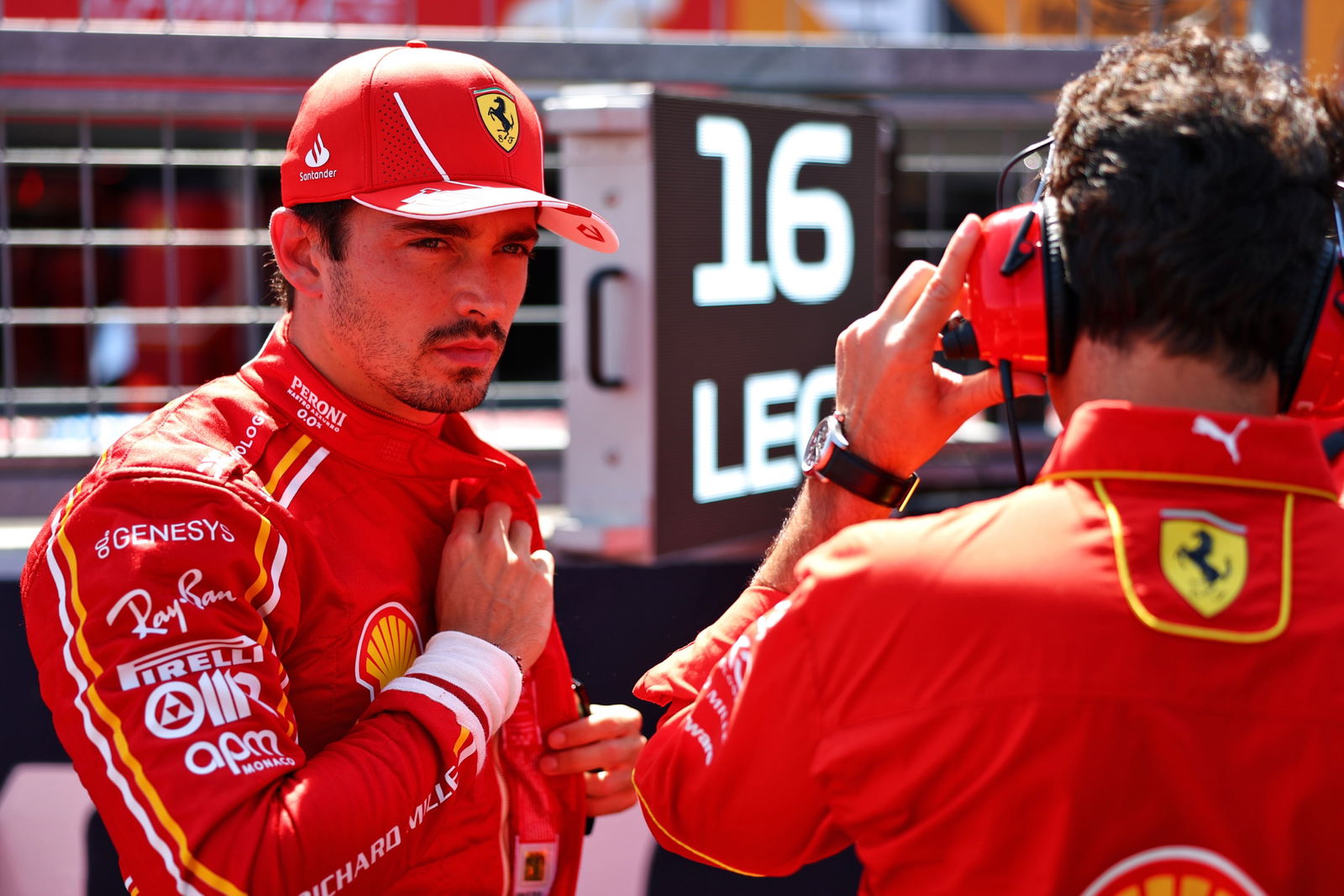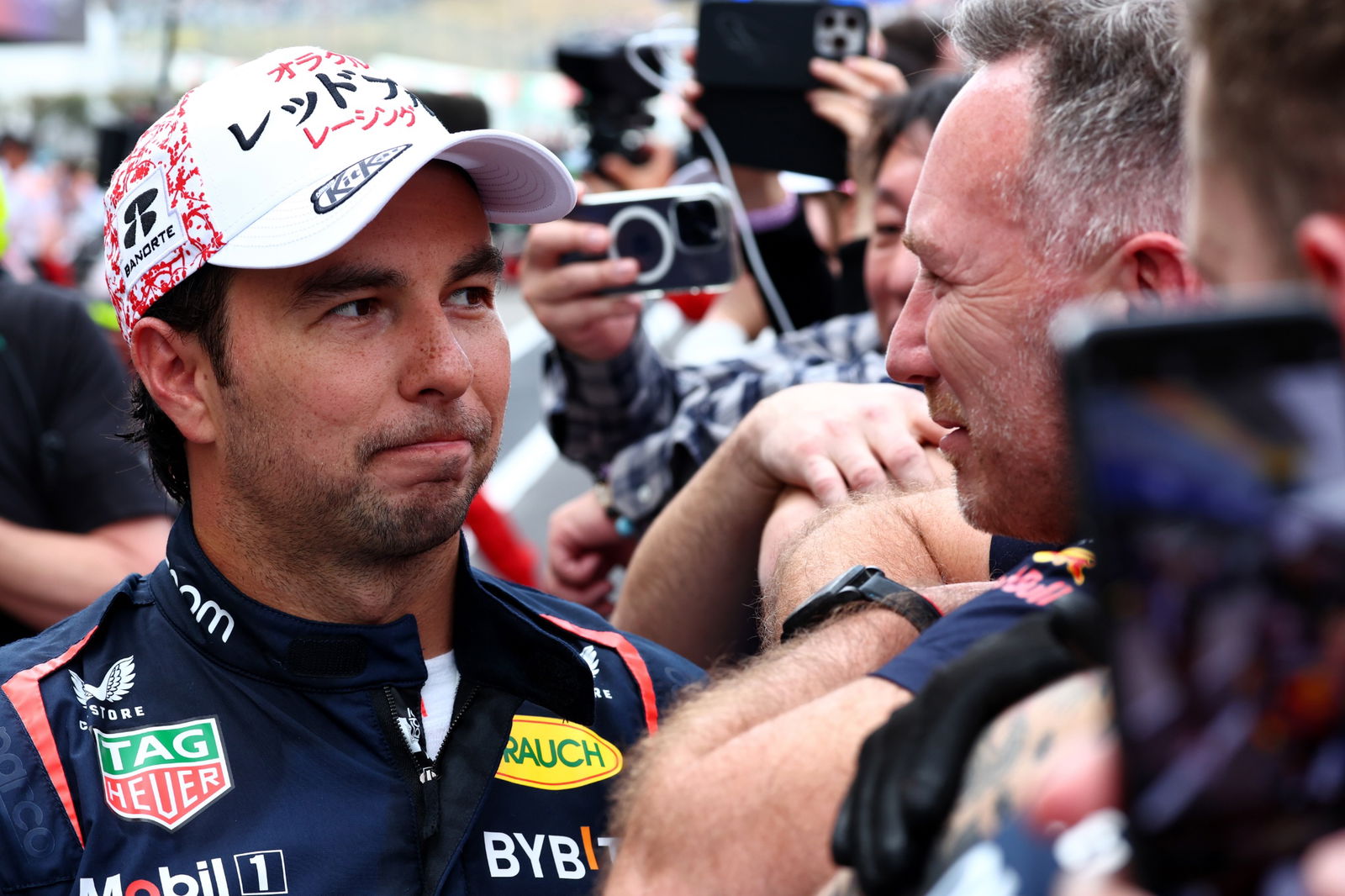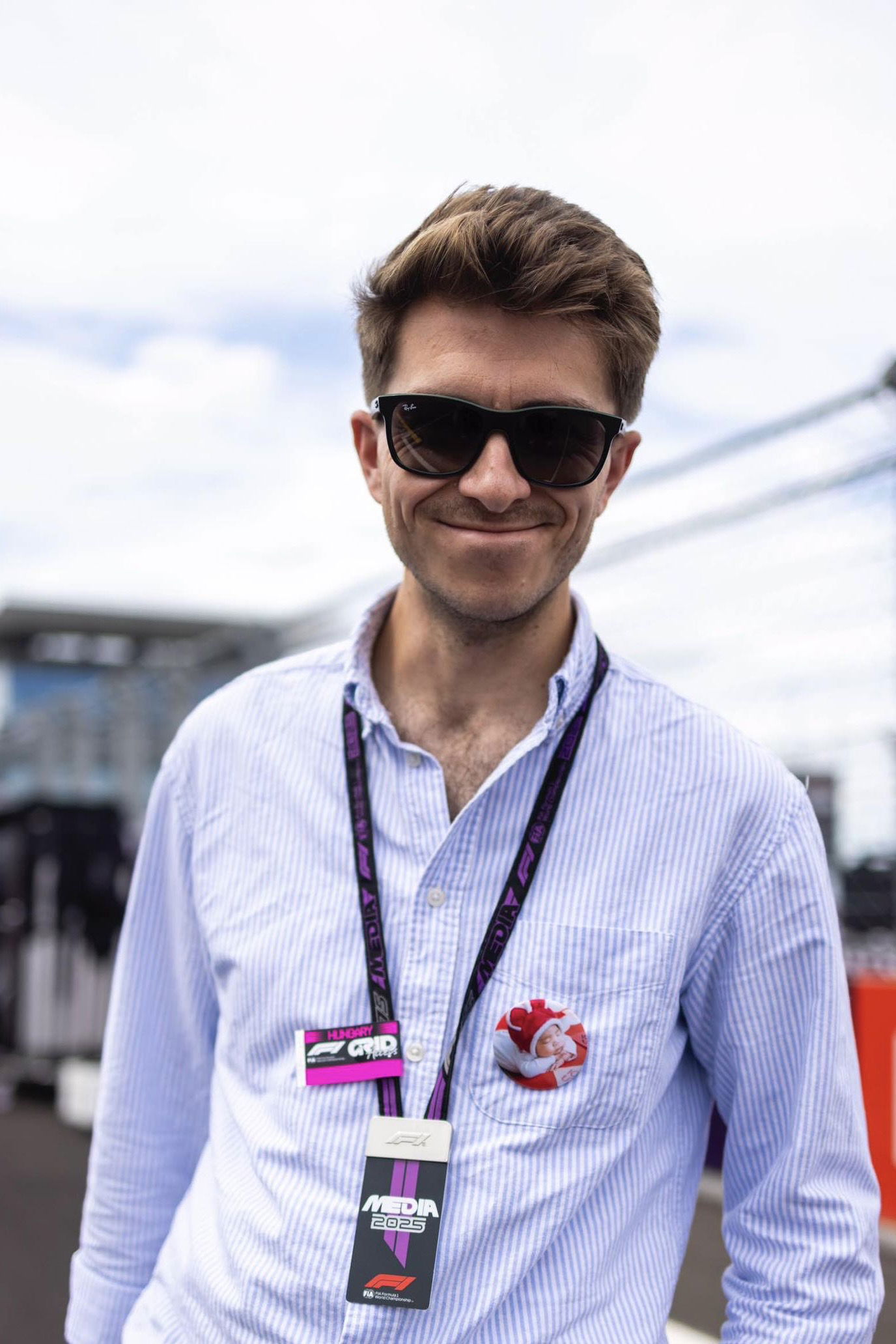Mercedes’ worrying discovery about W15 F1 car that ‘doesn’t make any sense’
Mercedes have revealed the worrying discovery they have made about their W15 F1 car.

Mercedes have revealed that their 2024 F1 car has “70 points more downforce” compared to last year, but it is not reflecting in lap times.
The eight-time constructors’ world champions are enduring a difficult start to the season for the third year in a row since major aerodynamic regulation changes were introduced in 2022.
Despite revamping their car design for 2024, the W15’s performance has proved to be underwhelming and inconsistent across the opening four races, with Mercedes yet to finish higher than fifth in a grand prix.
Mercedes boss Toto Wolff recently admitted that “fundamental” correlation issues were behind the team’s ongoing F1 struggles.
He has now admitted that the W15 is producing the downforce levels predicted by the wind tunnel, but worryingly, there appears to be no performance benefit.
“We are measuring downforce with our sensors and pressure tabs, and it's saying to us that we have 70 points more downforce in a particular corner in Melbourne than we had last year,” Wolff said.
“But, on the lap time, it is not one kilometre per hour faster. It doesn't make any sense. So, where's the limitation?
"I think we wanted to tick some few boxes to understand: is there any limitation that we have spotted? I think there is.”
Mercedes are now trying to understand what is causing the anomaly, and whether it could be mechanical rather than aerodynamic.
“Everything over these two years which we have seen points that there should be much more downforce than we believe it is. And now we've measured the downforce and it is there,” Wolff explained.
“But we're just not able to extract the lap time out of it that we should, and that the simulations show us. It's not trivial.
"I see you looking at me like, what the hell? Now imagine what we think!”
Wolff added: “I think the car is so complex for us where we put it in terms of the error balance and mechanical balance. These two need to correlate.
“We’ve followed a certain trajectory over the last years and keep turning and circling. We came to a point to say ‘Okay, we have to do something different here.’”


